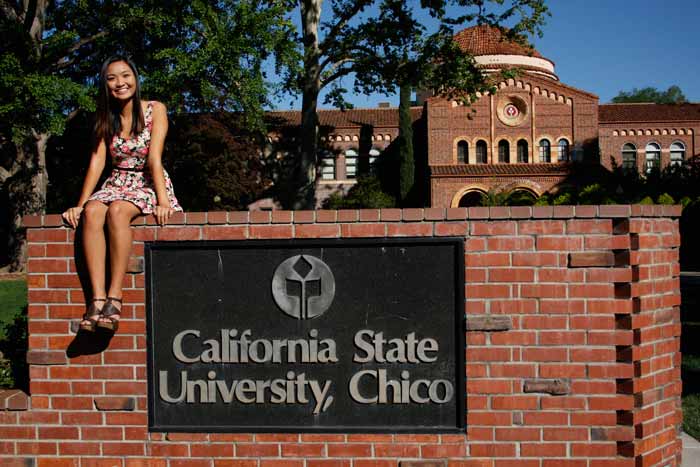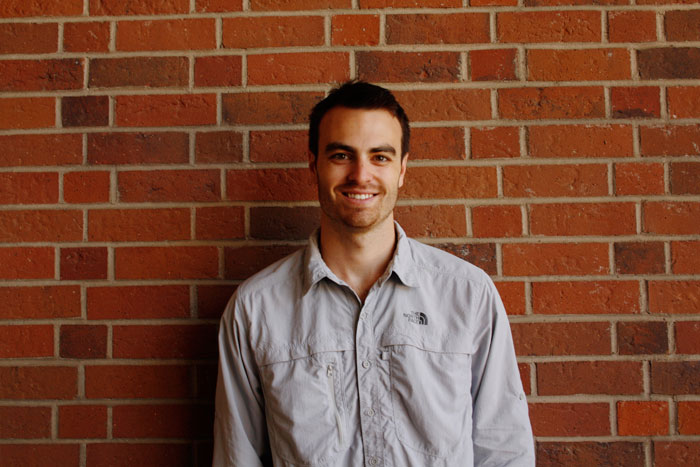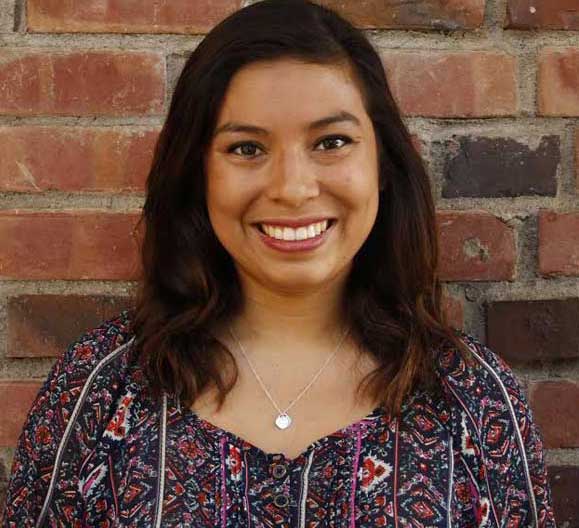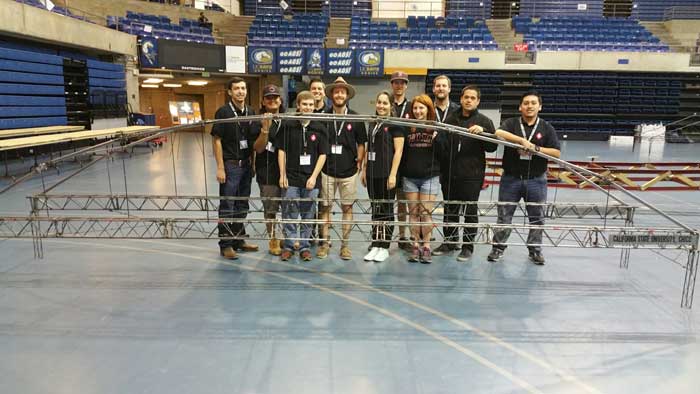Published 2011-11-01T19:33:00Z”/>
Griffin Rogers
In a year when student loan debt is expected to exceed $1 trillion, President Barack Obama introduced a plan to consolidate federal student loan programs and lower interest rates.
The “Pay As You Earn” plan, announced Wednesday, would unite the Federal Family Education Loan and Direct Loan programs and offer students a 0.5 percent interest rate reduction on some of their loans. Changes to income-based repayment would also allow students to repay their debts at a lower monthly cost.
About 6 million students use Federal Family Education Loan and Direct Loan programs, according to the National Association of Student Financial Aid Administrators.
Obama’s plan is nowhere near a “slam dunk,” said Haley Chitty, a spokesman for the association. The plan could end up costing some students more money in the long term and doesn’t reach out to the majority of students in need.
“It’s nice to see some movement in those sections,” Chitty said. “Unfortunately for significant change, a broader section is needed.”
Students have several choices when considering a loan servicer, but the programs in Obama’s plan are available to a limited amount of qualifying students or are unheard of by many people who are actually qualified, Chitty said.
Under Obama’s plan, borrowers will need to have taken out at least one federal loan and one bank loan. However, eligibility will be determined based on the type of loan taken out. For example, the Parent Loan for Undergraduate Students is an eligible loan, but the Perkins Loan and other federal loans related to health professions are not.
Additionally, students in default will not be eligible.
Obama’s plan, which he will attempt to implement without congress’s approval, would permit some of the 450,000 borrowers enrolled in income-based repayment to pay 10 percent of their discretionary income, money that’s left after taxes and necessities like food and water have been paid. After 20 years, their debt would be forgiven.
The current model limits borrowers to paying 15 percent for 25 years.
The “Pay As You Earn” proposal, which student borrowers can apply for between Jan. 1 and June 30, accelerates the timing of 2010 legislation that would have capped payback at 10 percent of disposable income starting in 2014.
The president’s plan would not take the place of the current income-based repayment program, but it is a more generous solution to help some students repay their debt, Chitty said.
“This program isn’t for every student and they really need to weigh the pros and cons,” he said.
Chitty advises students to use the program only to avoid default, not to lower monthly payments, he said.
Since June 2010, when student loan debt trumped an $826.5 billion national credit card debt for the first time, repaying student loans has been a topic of concern, Chitty said. Unfortunately, Obama’s plan, designed to help people who have already borrowed, won’t have much effect on lowering the $1 trillion student loan debt expected by the end of the year.
The rising debt comes from an increase in college enrollment, he said. People return to school during an economic downturn hoping to get a better education and land a job with a higher salary.
If the economy recovers, the debt that students are racking up would start to slow down, Chitty said.
The increase in debt comes from the state’s unwillingness to pay for higher education, said Erik Fallis, a spokesman for the California State University. California has been consistently reducing its support for higher education, leading to higher tuition fees and more loans for students.
Student loans have been gradually rising since 2003.
Data released by the Federal Reserve Bank of New York in August shows the number of student loan accounts steadily rising to more than 350 million.
Additionally, new data by College Board shows undergraduate students receiving an average of $4,907 in federal loans in the 2010-2011 academic year. The average graduate student received $16,423 in federal loans during the same time.
The number of loans handed out is directly related to the increase of tuition, according to FinAid.org. Student loan debt is growing because “need-based grants have not been keeping pace with increases in college costs.”
The website estimates that student loan debt is currently more than $953 billion, increasing at a rate of $2,853 per second.
Regarding CSUs, it’s common to see an increase in default rates when the loan rate increases, Fallis said. But the default rate still remains fairly low, around 3 to 5 percent. The CSUs rank lower than state and national averages in terms of graduate loan debt.
In the 2007-2008 academic year, 42 percent of CSU bachelor’s degree recipients assumed loan debt, lower than the 48 percent for state and 62 percent for national recipients, according to CSU data. Of those percentages, the average loan debt per person was $14,330 for CSU students, $17,795 for state students and $23,200 for national.
“The No. 1 difference is having a lower fee,” Fallis said.
Students would benefit from paying close attention to entrance and exit counseling when seeking a loan, said Darnell Lee, collection supervisor for Student Financial Services.
Students should lay out the loans they have received and ask counselors what the best path would be to clear their debt quickly and avoid negative effects on things like credit score, he said. Although avoiding student loans might seem impossible in college, students should check all other
possibilities first.
“Check for grants, check for whatever is out there before you get a loan,” he said.
Bryce Tavano, a graduate student who received his bachelor’s degree in finance and now studies English as a second language, has already borrowed $13,000 in federal loans in his first semester of graduate school.
He plans to teach in Korea when he’s finished, but doesn’t qualify for Assumption Program of Loans for Education, a program that could eliminate his student loan debt if he were to work in the states.
Tavano never needed to pay for college on his own until grad school, and his course work and obligations as president of the lacrosse team expel the idea of getting a job to help with college costs.
His recommendation for students is to apply for all the scholarships and grants they can since student loans are a long-term commitment, often more than 10 to 15 years, he said.
“Understand why you’re in school and why you want to be here,” Tavano said.
By the time Tavano finishes grad school, he estimates the he will be $25,000 to $30,000 in debt. But he’s not worried.
“I’m going to be doing something I love,” he said. “So I don’t really mind not having as much money.”
<hr />
<strong>Griffin Rogers can be reached at</strong>
<em>[email protected]</em>













